Insulation Tips
Reducing Energy Consumption with Insulation
Are rising energy prices putting a strain on your finances? With utility bills taking an increasingly larger chunk of your monthly expenses, today it’s more important than ever to find ways to reduce your energy consumption. One of the most effective ways to combat these rising costs is with what’s known as energy-efficient insulation.
But, how does insulation affect the energy efficiency of a home? Improving energy efficiency in our homes is the best way to reduce energy consumption as it keeps your home at a consistent temperature, lowers utility bills, cuts down on carbon emissions, and ultimately makes your home more comfortable and sustainable.
At Pricewise Insulation, we believe “saved energy is the most sustainable energy.” This blog will explain how insulation can improve energy efficiency in your home, reduce your carbon footprint, and save you money on utility bills.
Understanding the Role of Insulation in Energy Efficiency
What is insulation and how does it work?
Insulation is a material used in buildings that helps slow down the transfer of heat and keep your home cooler in summer and warmer in winter. It can be made up of many different materials, including glasswool (or fibreglass). polyester, rockwool, sheep’s wool, hemp, foam, foil and cellulose.
Insulation works by reducing the flow of heat, either keeping it in during winter or out during summer to maintain a consistent indoor temperature.
The effectiveness of insulation is measured by its thermal resistance, also known as R-value. R-value measures insulation’s ability to resist heat flow. Colder climates will require insulation with higher R-values to keep heat inside, while homes in warmer areas can use lower R-values to keep cool air from escaping.
Areas of the home where insulation matters most:
Insulation has the biggest impact on areas where heat transfer is most significant, such as the roof space of your home. Insulation in these “hotspot” areas can stabilise indoor temperatures and reduce heat loss in winter and heat accumulation in summer. Up to a quarter of your home’s heat can escape through an uninsulated roof. Heat rises, which means the roof space is the most important area of the home to insulate. Insulating your ceiling will significantly improve the energy efficiency and comfort of your home.
Walls also play a crucial role in maintaining indoor temperatures. Insulating the walls helps create a barrier against external temperatures, keeping heat in during winter and out during summer. The best time to insulate walls is during building or renovation; however, if your home is already built, you can hire professionals such as EcoHome to install blow-in insulation, effectively filling the empty cavities in existing walls without the need for major renovations.
Another important area of the home to insulate is the floors. Installing underfloor insulation will further help to reduce heat loss and improve the overall comfort of your home.
The Impact of Rising Energy Prices
Australia’s rising energy prices are a cause for concern. Many regions are experiencing record-high electricity and gas prices. Stricter environmental regulations and supply and demand issues all factor into the rising costs.
The Default Market Offer (DMO), which sets the maximum price retailers can charge customers on default energy contracts, increased over 30% between 2021/22 and 2023/24 for residential customers without controlled load.
This unprecedented rise in energy prices is putting a growing amount of financial strain on households. Energy-efficient house insulation is an effective way to lower utility bills and make your home more sustainable.
Current trends in energy prices:
According to the Australian Energy Regulator (AER), in Q2 of 2024, the average quarterly electricity prices were higher than the quarter before everywhere except Queensland.
Prices ranged from $109/MWh in Queensland to $189/MWh in New South Wales. They increased due to higher demand, network outages, and lower wind and solar output.
Base future prices increased in most regions for the remainder of 2024 and 2025. With only South Australia having lower futures from late 2025 onwards.
Why energy efficiency is more important than ever:
As energy prices continue to rise, improving energy efficiency should be a top priority for homeowners. Energy-efficient homes consume less energy and produce fewer carbon emissions.
Reducing energy consumption through insulation is your best option in combating the impact of rising bills. By using less energy, you can lower your utility bills and have a more energy-efficient home.
Reducing Energy Costs with Insulation
How insulation reduces energy consumption:
Insulation in a home helps keep the indoor temperature consistent and helps improve indoor air quality. When your home doesn’t need to be constantly heated and cooled, this leads to lower energy consumption and utility bills.
Real-world savings:
Studies show that properly insulating a home can lead to energy savings of up to 20%. A reduction in your utility bills that is this substantial makes for a great return on investment (ROI).
The financial benefits from insulation extend beyond energy savings and into overall health. A properly insulated home will allow fewer pollutants to enter your home and reduce the risk of mould forming, which are both known to cause serious health concerns after prolonged exposure.
Types of Insulation and Their Energy-Saving Benefits
Brands like Earthwool, Kingspan, and Bradford are great eco-friendly options that offer the best energy-efficient insulation on the market today.
Common insulation materials:
Common insulation materials for roof spaces include glasswool (or fiberglass), and cellulose.
Glasswool is one of the most popular and budget-friendly options that is great for reducing energy costs. Polyester is another high-quality insulation product that is moisture-resistant, making it ideal for underfloor areas. However, it is more expensive than glasswool and is generally not available in higher R-values (such as R5.0 and above)
Cellulose is eco-friendly and offers good thermal benefits. However, it is more expensive than other insulation materials and will require professional installation.
Choosing the right insulation for maximum efficiency:
Before you choose a type of insulation, first consider the climate in your region, the design of your home, and your budget. Homes in colder climates need insulation with a higher R-value, while homes in warmer climates may need a material suited to prevent heat accumulation.
Insulation makes a great DIY project, however, consult professional help if you cannot properly install your insulation yourself. Refer to our blog on how to make a home energy efficient for additional tips and hacks.
Additional Benefits of Insulation Beyond Energy Savings
The benefits of insulation beyond energy savings extend to comfort, home value, and the environment.
When you get energy efficient insulation in your home, you’ll effectively eliminate draughts and keep your indoor temperature consistent. Insulation can also improve your indoor air quality and help soundproof your home, all contributing to the overall comfort and quality of life at home.
Proper insulation is a sought-after inclusion for homes in today’s market. Having insulation installed in your home can boost your property value in the real estate market.
Insulation is your first step to a more sustainable home. By reducing your energy consumption, insulation reduces your reliance on energy produced from fossil fuels and lowers greenhouse gas emissions produced by your household.
Once you weigh out the financial, health, and environmental benefits of properly fitted energy-efficient insulation, making the switch should be an easy decision.
Reduce Your Energy Costs with Pricewise Insulation
At Pricewise Insulation, we offer insulation products and top brands to help homeowners make their homes more sustainable. We stock all products mentioned in this article, including Earthwool Insulation.
For more information on selecting the right insulation and reducing your energy consumption, contact Pricewise Insulation today!

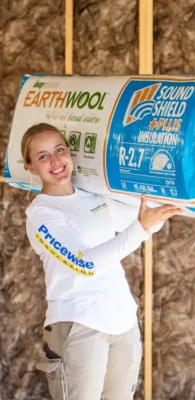
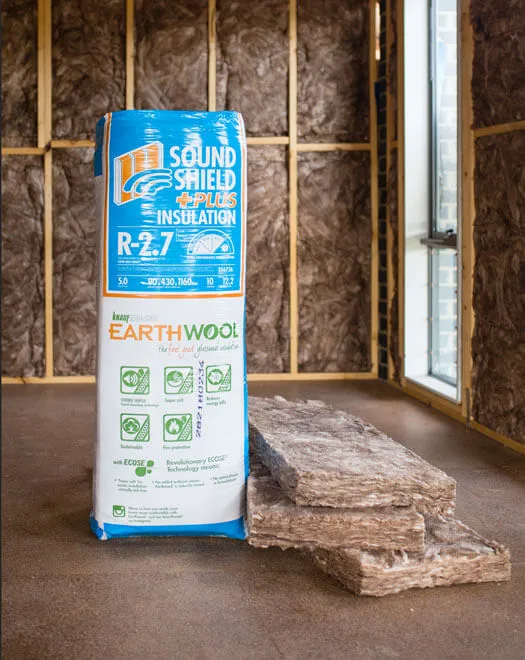

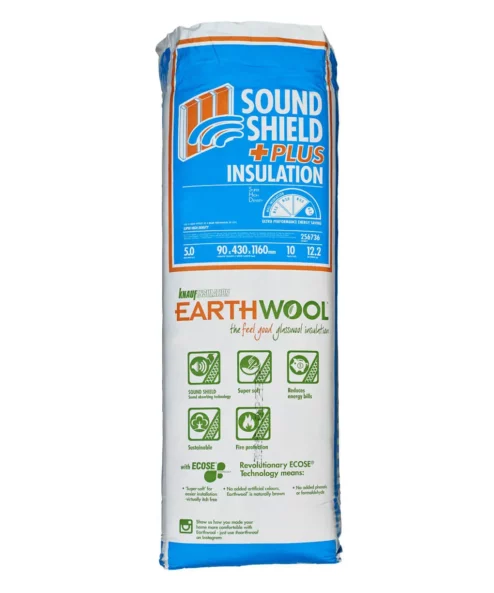
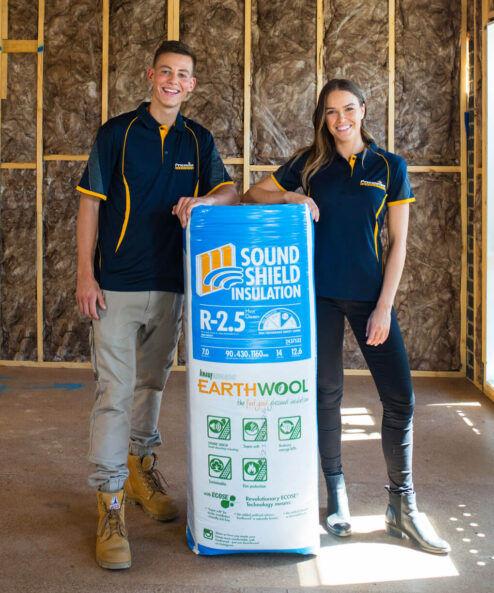
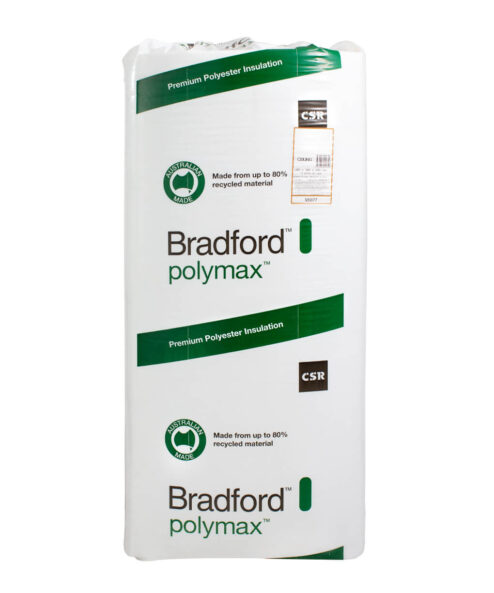
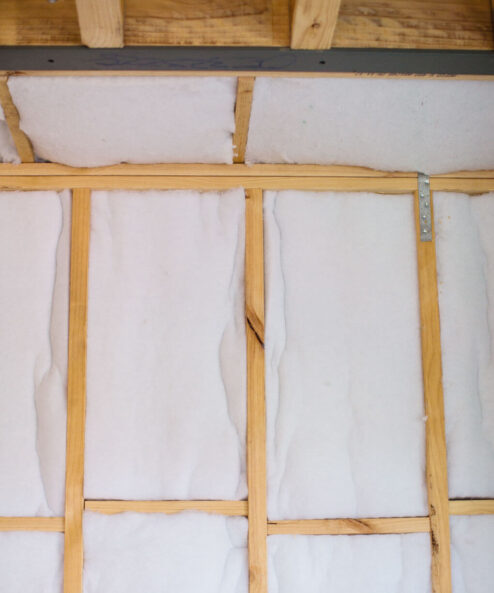
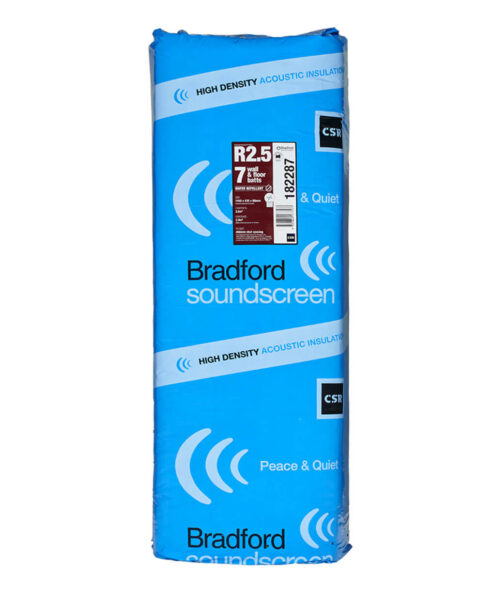
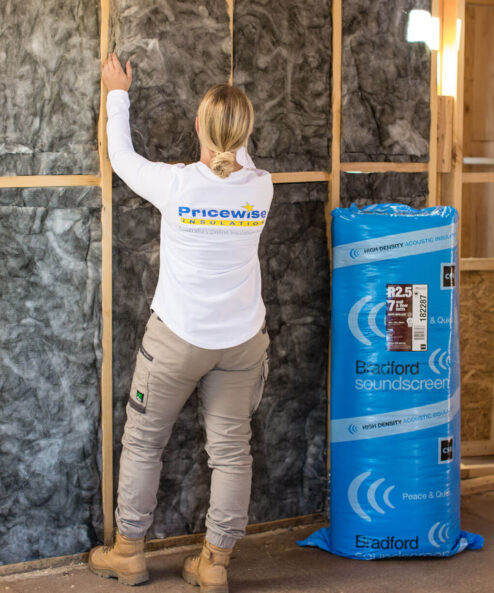
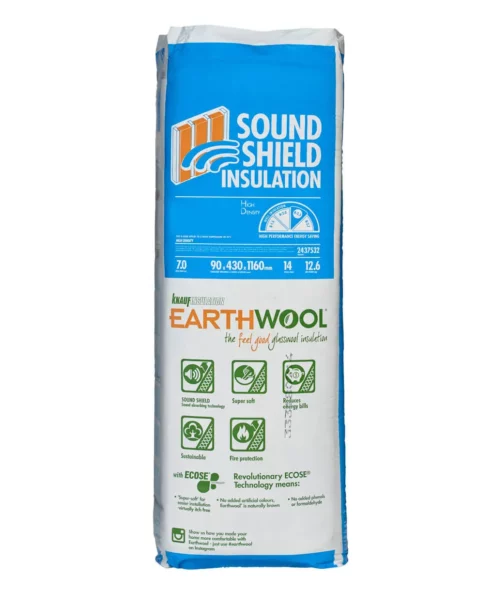
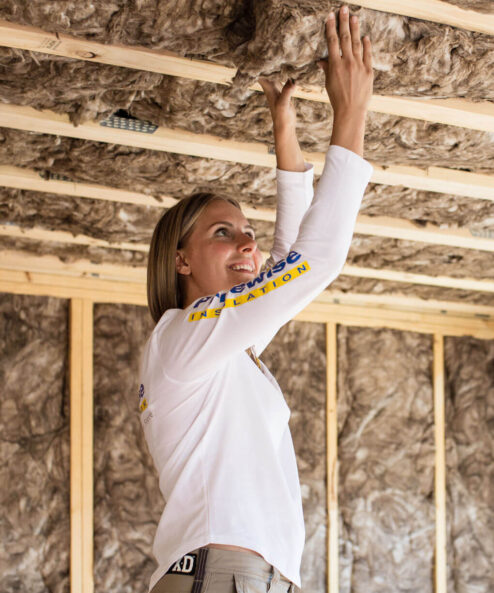
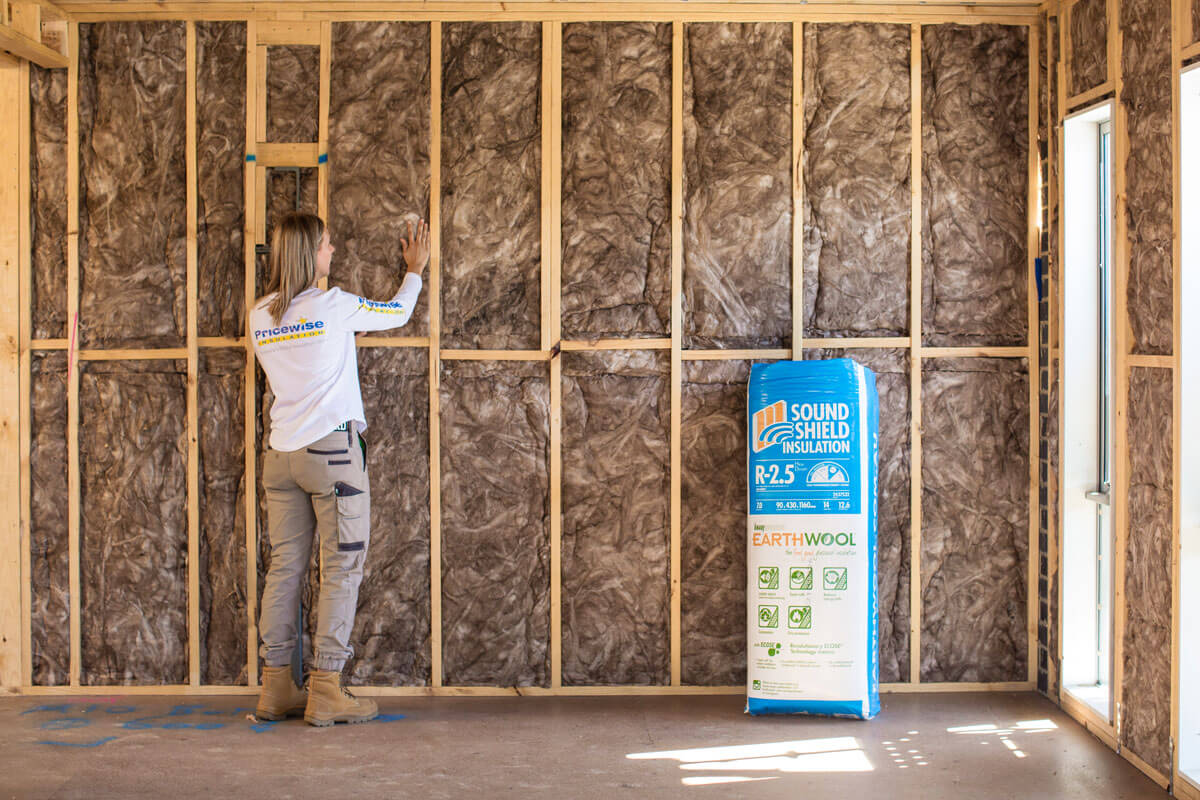
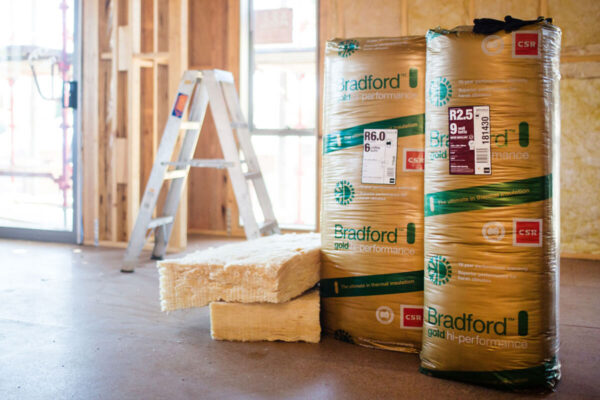




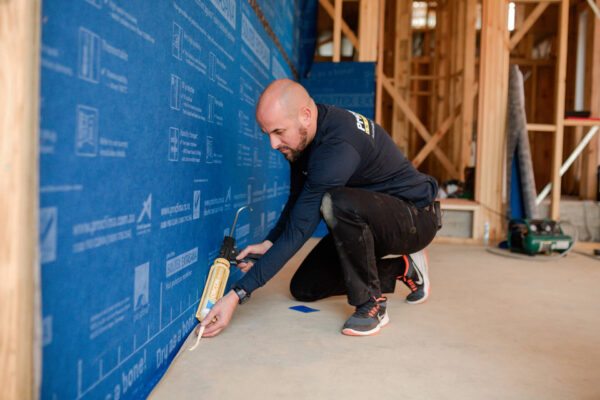
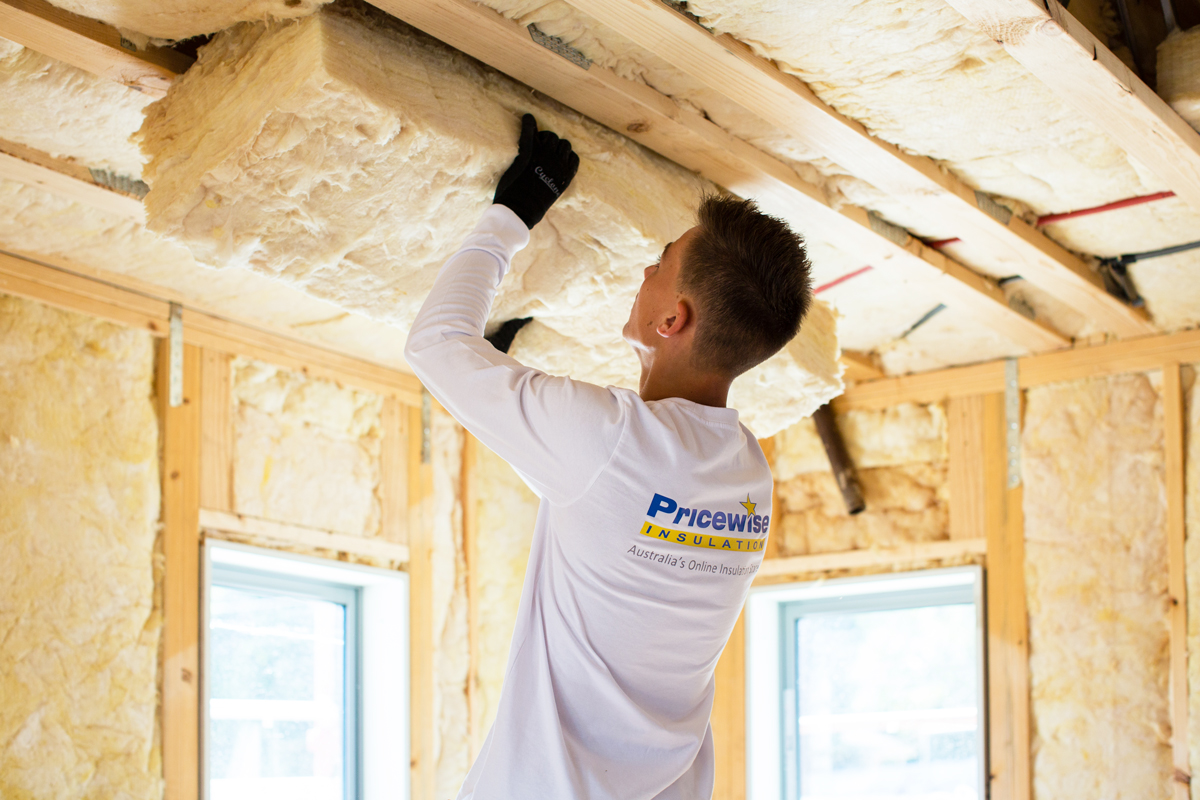
Hi there! I just finished reading your blog post on ways to make your home more energy efficient and I found it incredibly informative and helpful. Your tips are practical and easy to follow, and I appreciate the focus on both saving money and making a positive change for the environment.
I particularly liked your suggestion to seal up any leaks in doors and windows to prevent air from escaping. It’s a simple solution that I hadn’t considered before, and I’m excited to give it a try. Your advice on exploring alternative heating and cooling options was also great, as it’s important to be mindful of our energy consumption during extreme weather.
Lastly, I appreciate your emphasis on updating hot water systems and considering solar power. These changes may seem daunting at first, but the long-term benefits for both the environment and our wallets are definitely worth it.
Thank you for sharing these tips, and I look forward to implementing them in my own home!
Hi Roselle,
Thanks for your feedback! Please don’t hesitate to contact our team on 1300 729 639 if you have any further questions.
Kind regards,
Christa